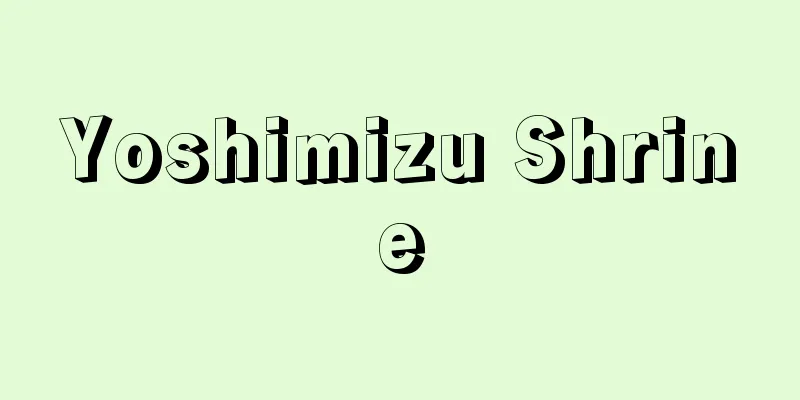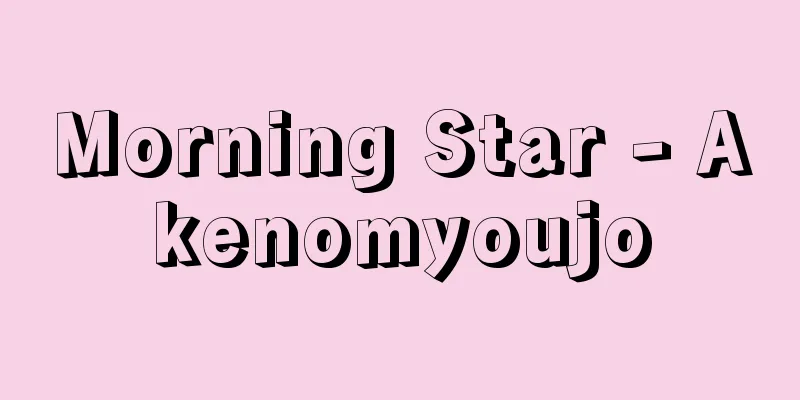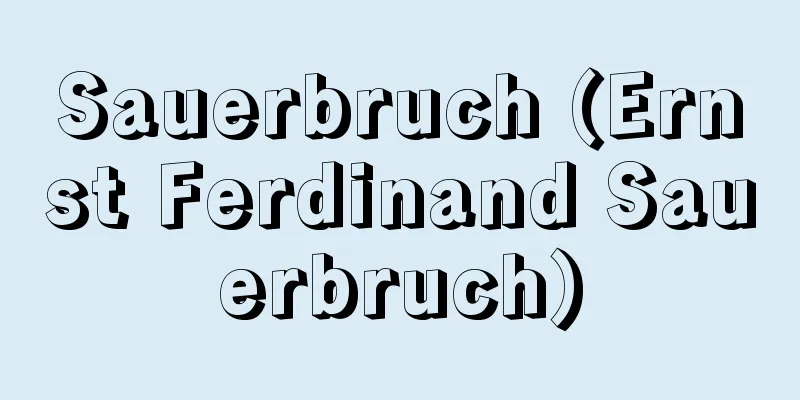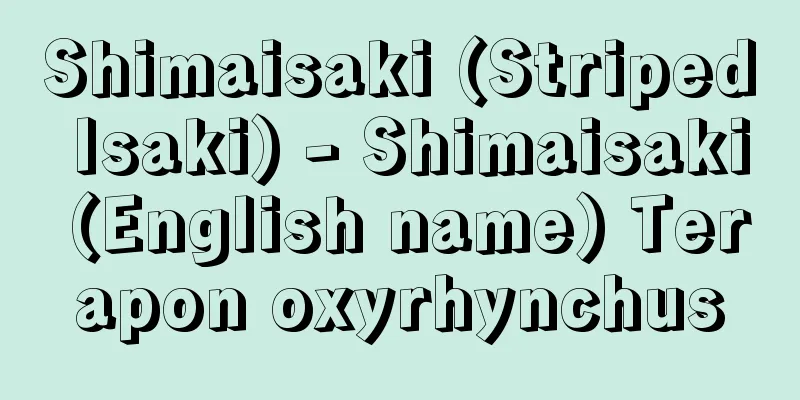Drum song - Tsuzumiuta

|
It is also found in Tokiwazu and Kiyomoto, but is mainly a term used in Nagauta. Originally, among Kabuki songs, songs sung only to the accompaniment of drums were called "kouta", but in Nagauta, it came to refer to only the parts of a song sung only to the beat of the drum without using the shamisen. Representative songs that use kouta include "Tokusakari", "Kumo Hyoshimai", and "Nanakusa". Source: Encyclopaedia Britannica Concise Encyclopedia About Encyclopaedia Britannica Concise Encyclopedia Information |
|
常磐津,清元にもあるが,おもに長唄の用語。元来は歌舞伎歌のなかで,鼓の伴奏だけで歌うものを鼓唄と称していたが,長唄では一曲のなかで,三味線を用いずに鼓の拍子だけで歌う部分だけを称するようになった。鼓唄のある代表的な曲としては,『木賊刈 (とくさかり) 』『蜘蛛拍子舞』『娘七種 (ななくさ) 』などがある。
出典 ブリタニカ国際大百科事典 小項目事典ブリタニカ国際大百科事典 小項目事典について 情報 |
<<: Wrapping paper - Tsutsumigami
Recommend
Jack Dempsey
…All the conditions must be met, such as a large ...
Aikawa prefecture
...The following year, in 1869, Echigo Prefecture...
Fakhr al-Dawla (English spelling)
...Mu'izz al-Dawla bestowed 'iqta' on...
man eater
…In English, a shark attack is called a shark att...
IEEE - Internet Replicity
The abbreviation for the Institute of Electrical ...
Conjunctiva
It is a mucous membrane that covers the inside of...
Tadatsune Nitta
Year of death: 6th September 12th October 1203 Yea...
Dapa Mountains
A mountain range that runs from the border betwee...
Iioka Village
...A city located on the coast of Hiuchi Nada in ...
Copy theory - Moshasetsu
The idea that cognition is the process by which t...
Sulzer, S.
The Jewish communities of the Orient (Yemen, Iraq...
Smokeless powder
This refers to gunpowder made mainly of nitrocell...
Leon Pinsker
1821‐91 A physician and writer from Odessa in sout...
Priangan (English spelling)
The name of the highlands region centered on Bandu...
White powder - face powder
A white powder used for face and skin makeup. Orig...








![Kamo [village] - Kamo](/upload/images/67cb403a03beb.webp)
